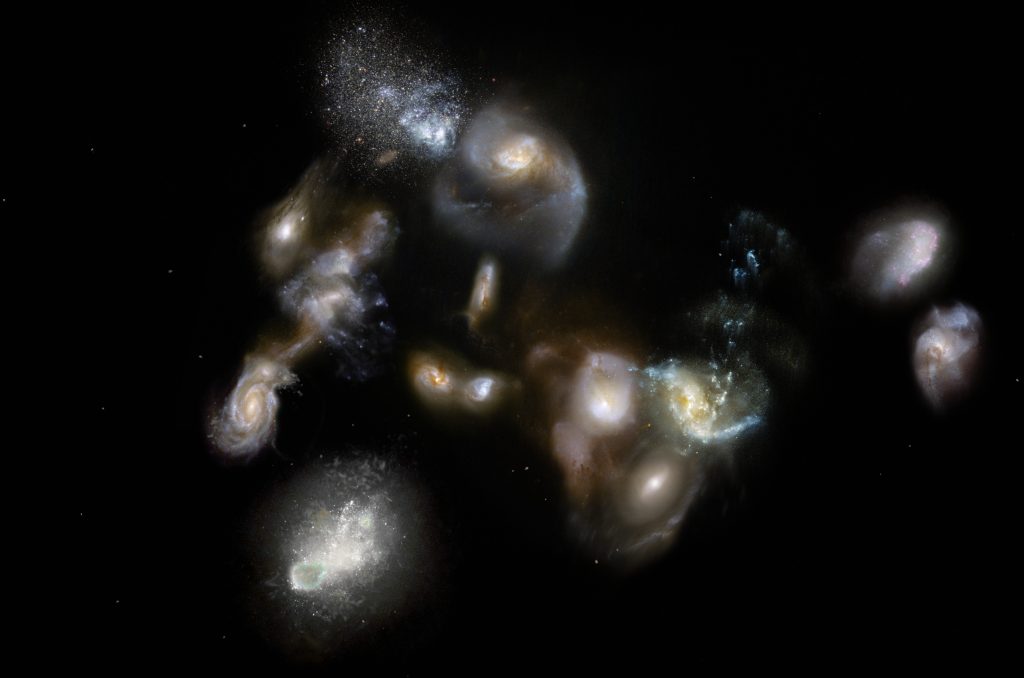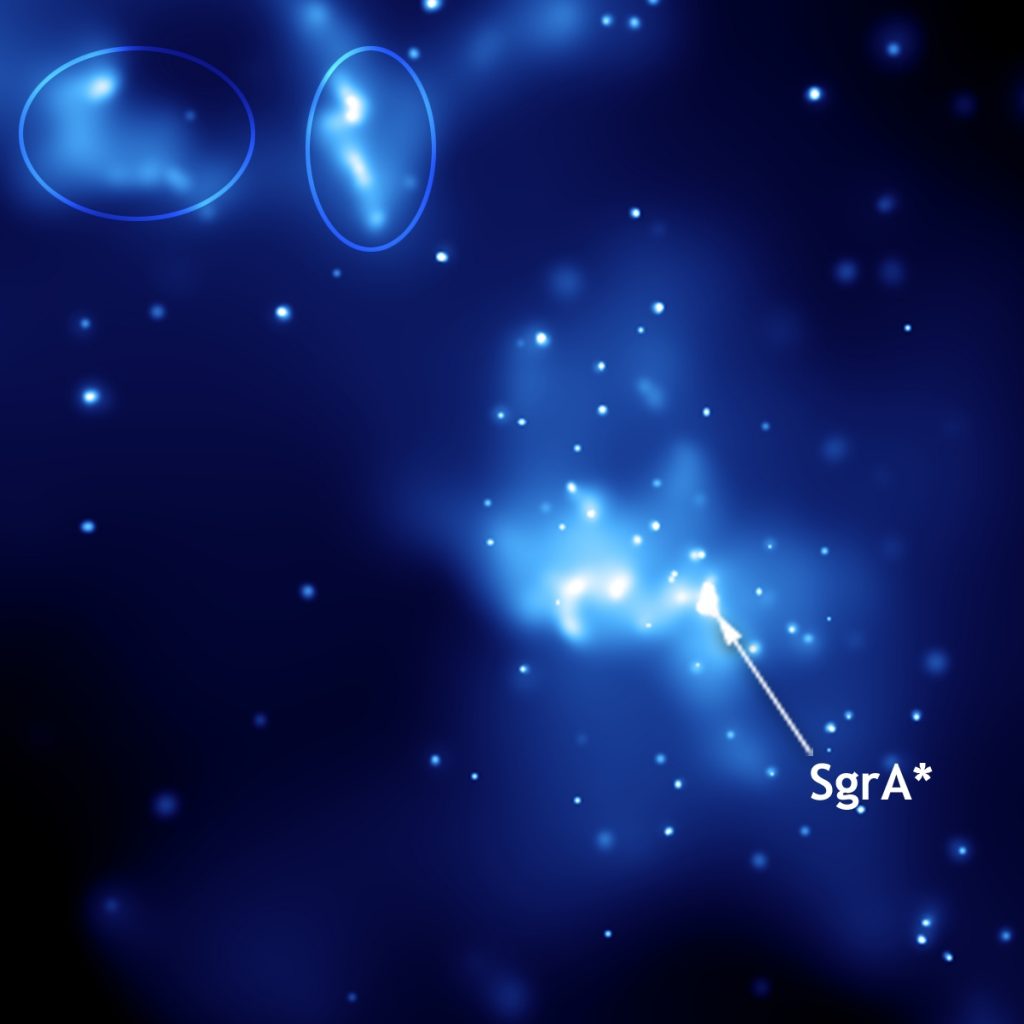How the InSight probe will explore the interior of Mars
As background research for my up-coming novel “Mars Nation,” I’ve been following live the start of the new Mars “InSight” satellite. For the first time, an interplanetary NASA mission will begin on the west coast of the USA. The launch site is the Vandenberg Air Force Base, home of the US Air Force’s 30th Space Wing. Military and civil missions to Earth orbit have started from here, but the Insight probe is so lightweight that it does not need to take advantage of being close to the equator. In addition, in the available launch window (there is one only…




